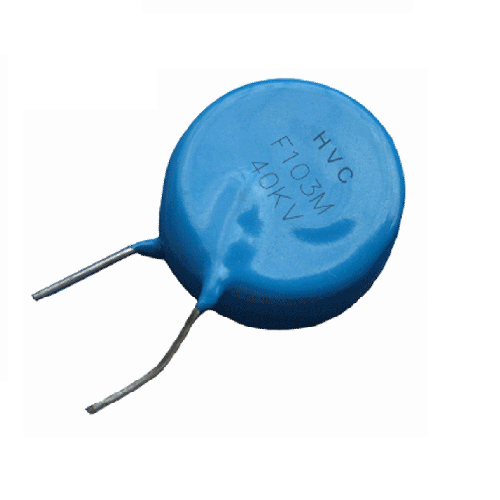X-ray introduction–DR Technology Improves Workflow and Image Quality in Europe–https://hv-caps.biz
Digital Radiography Detector Technology Improves Workflow and Image Quality in Europe
A growing number of healthcare providers across Europe are choosing to install an innovative wireless digital radiography (DR) system to solve workflow and productivity challenges. Since its introduction in 2009, the cost-effective price of this new technology and its ability to utilize existing X-ray systems has led to well over 200 units being successfully installed and operational across Europe.
The Carestream DRX-1 system is the industry’s first wireless, cassette-size DR detector that can be employed in all applications where a 35 cm x 43 cm (14” x 17”) X-ray cassette would be used. This means that it can be easily incorporated into all types of radiology environments, and it does not require modification of existing rooms. The DRX-1 system provides high quality preview images in about five seconds and its compact size and lightweight further enhance convenience and throughput.
Development of the system has also been recognized by leading global research company Frost & Sullivan (Palo Alto, CA, USA) with the presentation to Carestream Health (Rochester, NY, USA) of the 2010 Europe New Product Innovation Award in the Digital Radiography Market.
Dr. Günther Nics was the first radiologist in Austria to be convinced by the advantages of the DRX-1 system for his clinic in Hollabrunn, where the team of 12 staff and two physicians care for approximately 25,000 patients yearly, performing approximately 70,000 exams. Following the introduction of the DRX-1, imaging is now considerably faster and easier. “The fact that the cassette, the technologist and the patient are in contact with each other throughout the whole process, including checking the image, is a great step forward,” said Dr. Nics.
A further advantage experienced by Dr. Nics has been an improvement in image quality, “The resolution in the new system is definitely better,” he added. Together with the new reader and processing software, we feel this represents a qualitative leap in image presentation.”
Also in Austria, a DRX-1 has been installed in the Rudolf Foundation Clinic in Vienna, where it is used for examinations of the abdomen and urinary tract, urologic stone center, general internal and surgical imaging, as well as bedside lung and individual skeletal imaging. Dr. Dimiter Tscholakoff led the move towards the DRX-1 with the goal of prolonging the service life of existing systems while meeting the specific need to both improve workflow and maintain quality. “We opted for the DRX-1 in order to improve workflow and image quality and we have succeeded,” Dr. Tscholakoff noted. “We have been able to increase productivity and shorten patient examination times for the benefit of all.” In addition to enhancing quality, the DRX-1 system also has the advantage of shortening examination time from two minutes to 17 seconds, a particular benefit to patients from the intensive care unit.
The Centre Hospitalier de Decize is situated 30 km from Nevers in the Nievre region of France, and the hospital has been operating a DRX-1 system for several months. Ms. Herzog-Prunet, medical technical manager of the radiology department, outlined the system’s advantages. “All our radiology is digitized today, image quality has been improved and the patient dose reduced, but what is most impressive is the global increase in work, particularly in the orthopedic unit. The DRX-1 has really boosted the number of examinations in this room, which is definitely down to not having to transport any cassettes but also to the previsualization function, which makes it possible to check the plate after just a few seconds. This saves precious time, particularly without fluoroscopy, and is a significant factor in improving patient comfort, something that is paramount for our patient recruitment which consists mainly of orthopedic examinations for elderly patients.”
The ImaginX practice, owned by Dr. Hustinx, is located in Waterloo, near Brussels, and conducts approximately 250 examinations each week, one-third of which are mammograms. Installation of the DRX-1 has enabled Dr. Hustinx to optimize workflow, particularly with regard to the examinations carried out on the remote-controlled digitizer and mammography unit. The DRX-1 enabled transformation of the digitizer into a flat panel detector without any great investment enabling the CR reader to be moved to the mammography unit.
“The DRX-1 has fulfilled all its promises. Installing it into the remote-controlled digitizer took no time at all,” commented Dr Hustinx. “I had anticipated a month of working in parallel with the CR [computed radiography] reader but, in the end, we took the reader out of the unit and put it next to the mammography unit after just two days. The outcome is extremely positive because, thanks to the DRX-1, we have been able to improve the quality of the images and lower the radiation dose at the same time. Moreover, we have increased our productivity in the TV remote controlled X-ray unit by about 30%, thanks to no longer having to handle cassettes when the CR reader was in the unit.”



